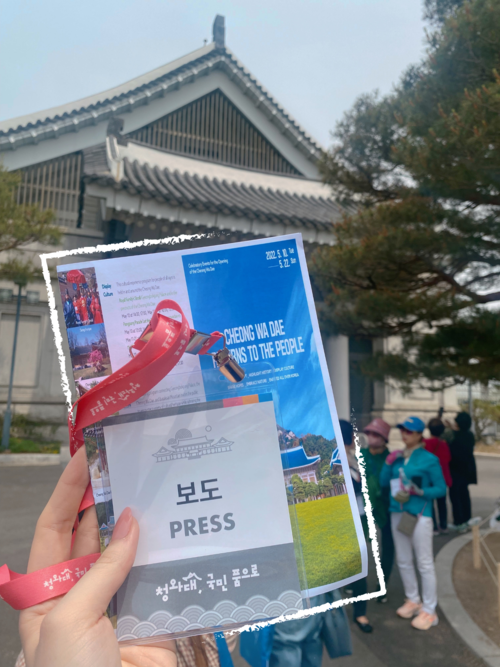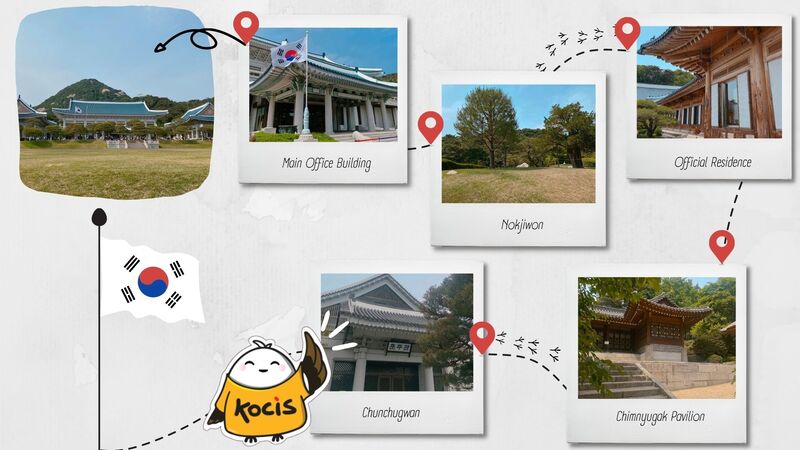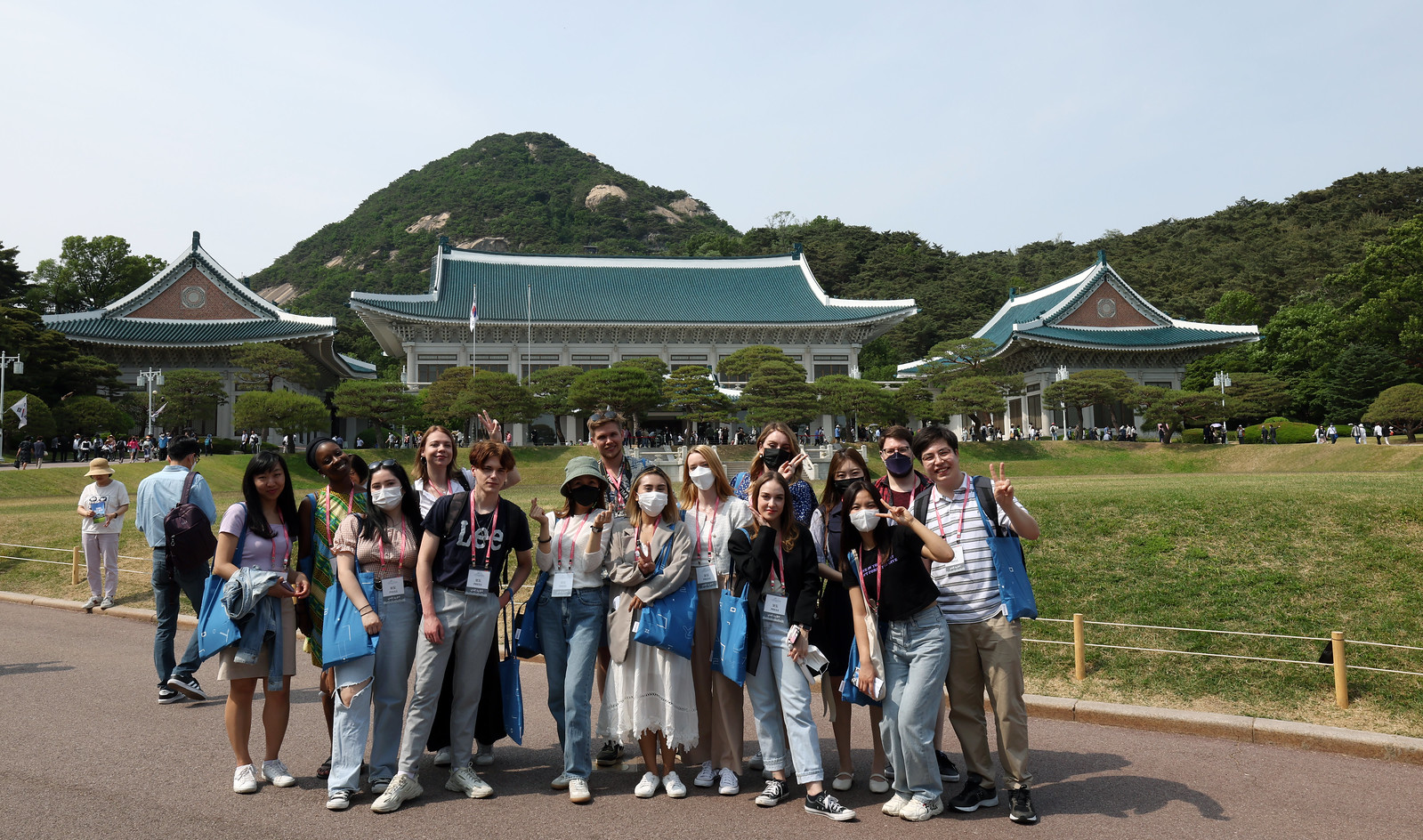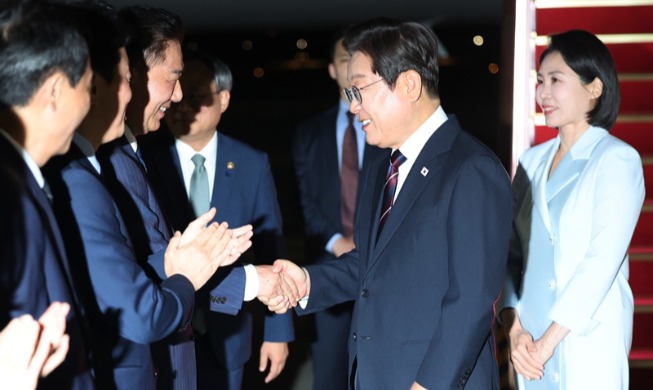- 한국어
- English
- 日本語
- 中文
- العربية
- Español
- Français
- Deutsch
- Pусский
- Tiếng Việt
- Indonesian
By Honorary Reporter Martina Marrandino from Italy
Photos = Martina Marrandino, Jeon Han

Honorary Reporters received this media credential during their visit.
As part of the induction ceremony for the 12th class of Honorary Reporters, I had the opportunity on May 25 to visit Cheong Wa Dae, which was opened to the public for the first time in 74 years, with 14 other Honorary Reporters who reside in Korea.
Located in Seoul's Jongno-gu District, Cheong Wa Dae was originally built in the back garden of Gyeongbokgung Palace, the main palace of the Joseon Dynasty. The site was the official residence of the Japanese governor general during Japanese colonial rule of Korea, and after national liberation in 1945, it served as the residence of the commander of the U.S. military administration until 1948.
Cheong Wa Dae eventually became the official residence and executive office of the Republic of Korea president until the inauguration last month of the 20th chief executive, Yoon Suk Yeol. Cheong Wa Dae is now a public park under President Yoon's decision to relocate the presidential office to the capital's Yongsan-gu District.

This tour route traces how Honorary Reporters visited Cheong Wa Dae.
Our tour route began at Chunchugwan, the media center where the president held news conferences, and later proceeded to Chimnyugak Pavilion. Built in the early 1900s with traditional Korean architecture, this pavilion was previously part of the back garden of Gyeongbokgung. We later moved to the presidential residence, where the first family lived, featuring a living area, reception hall for visitors and traditional-style garden.
Another breathtaking sight along the way was Nokjiwon, a garden with around 120 varieties of trees including memorial editions planted by presidents over the years. The main office building was the last stop on our excursion. Its magnificent roof is made of 150,000 handmade blue tiles, and the color has remained unchanged despite numerous renovations and gives the Blue House its name.
We also passed through the so-called Gate to the Eternal Youth, which is said to grant eternal youth to those who pass through it. I also noticed a couple of groups of animal statues on the roofs of the compound's buildings. This surprised me because before my visit to Cheong Wa Dae, I had only seen such statues on royal palaces. These figurines made of clay and on top of roofs lined up on the edge of the eaves are called japsang. Their number is usually odd between three and 11, and the group comprises animals both real and mythical like dragons, monkeys and phoenixes that are considered sacred and are like guardians of the building.

Korea.net Honorary Reporters and K-Influencer tour in Fully opened Cheong Wa Dae. (Korea.net flickr, Jeon Han)
enny0611@korea.kr
*This article is written by a Korea.net Honorary Reporter. Our group of Honorary Reporters are from all around the world, and they share with Korea.net their love and passion for all things Korean.
Most popular
- Military discharge sets stage for reunion of all 7 BTS members
- 'We are back!' BTS Festa heralds hyped return of K-pop phenom
- K-pop streaming on Spotify skyrockets 470-fold in 10 years
- Hallyu gala MyK Festa from June 19 to feature K-pop acts
- President Lee starts G7 schedule via talks with S. Africa, Australia
